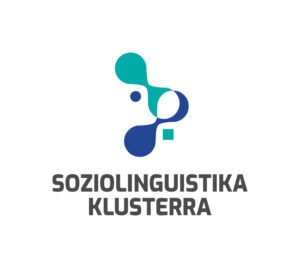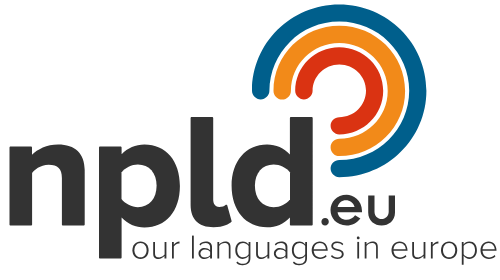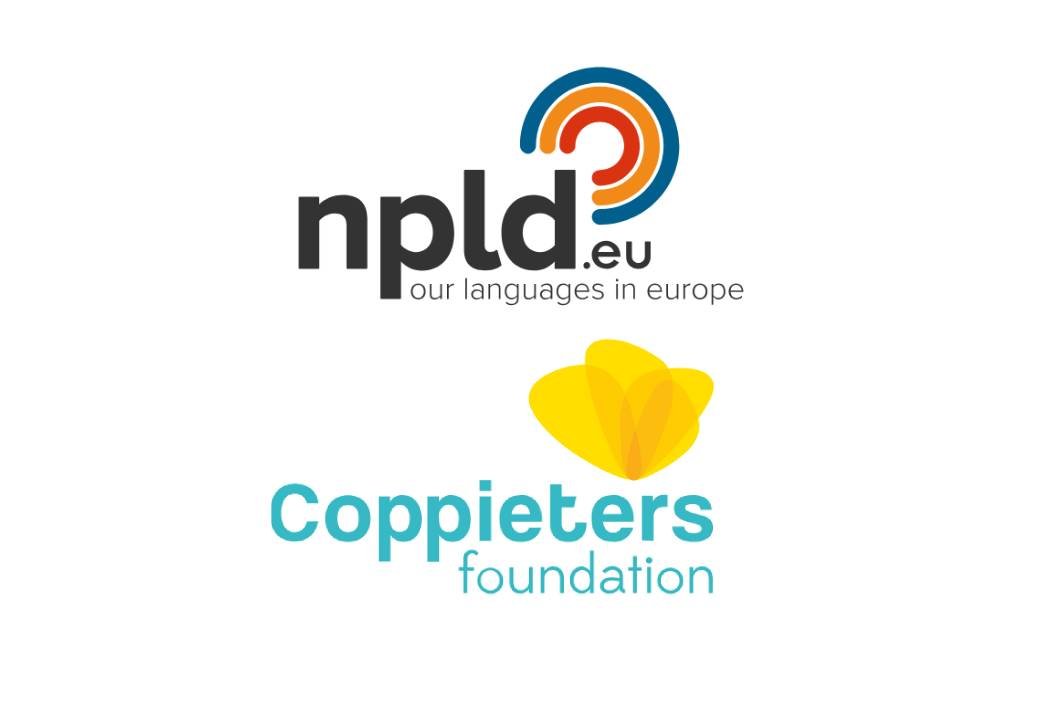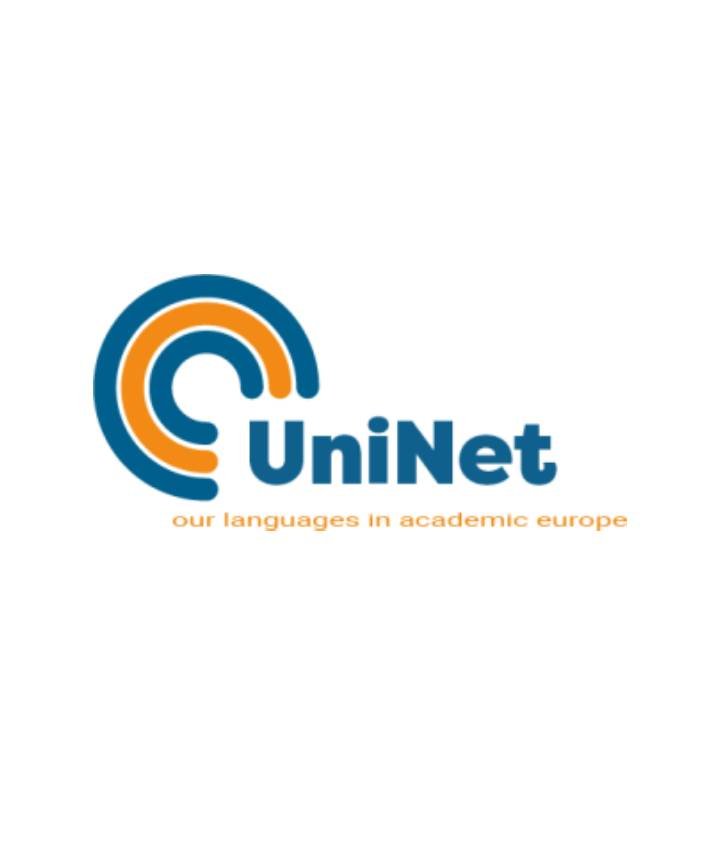
NPLD » LANGUAGE LEARNING FOR ADULTS
LANGUAGE LEARNING FOR ADULTS PROJECT
In 2020, NPLD members from Wales, Vives Network, Trento, and Scotland embarked on a
collaborative journey, approving a joint research proposal. This project, which began in the summer of 2021, was not just about strategic planning of language training for adults, but also about fostering a sense of unity and shared purpose among the four partners.
The acquisition of a new language, and that of lesser-used languages, in particular, has primarily been
managed and developed in individual countries or areas. Collaboration and joint working among different languages have been rare in the context of language training. However, in light of the NPLD’s work to motivate language regions to share their ideas and best practices, there is a growing appetite to collaborate and benefit from each other’s developments mutually. This project aimed to glean best practices in terms of the strategic management of language training for adults from 4 disparate
contexts so that the countries/areas involved, but also NPLD members as a whole, can benefit from
the findings.
The aim was to undertake a comparative study undertaking empirical research into the planning, delivery and impact of lesser-used language training for new speakers. The study did not look at
individuals’ learning outcomes per se; rather, the study primarily addressed the planning and the
delivery (of language training) and the facilitation of the application of new skills after that. It involved identifying some of the principal factors relating to the success and failure of language acquisition for speakers of minority languages. The countries/areas and languages involved were:
1. Wales – Welsh
2. Catalan speaking areas – Catalan
3. Trento – Ladin
4. Scotland – Gaelic
The heterogeneity of the partners and their languages also added value to the project in that the effect
of disparate social and cultural contexts could be studied and evaluated.
Before this study, it was not thought that the language ‘communities’ of the partners involved had collaborated in the field of language training in any way in the past. At the end of the study, the aim
was for the four language ‘communities’ to learn from each other and to identify best practices in the
four contexts so that partners could adopt new working practices which would help to improve the quality and methodology of lesser used language teaching and learning. This will be addressed later in this report.
The effectiveness and efficiency of the training are factors often overlooked in language learning, and one clear aim of utilising best practice would be to use funds more efficiently and create an environment which is more conducive to language learning.
Conclusions
Before discussing the conclusions in detail, it is essential to summarise a key distinction in the context
of the language training provided in Wales, the Catalan-speaking area and Trento:
Wales (Cymru) – There are no legal requirements for organisations, including public sector organisations, to ensure that staff appointed have specific language skills in Welsh. Any requirements
stipulated are due to some organisations’ wishes or due to the requirements of the Welsh language standards.
Catalan Speaking area – there are specific roles and posts, specifically in the public sector, whereby Catalan skills are legally required before undertaking the role.
Trento – All public sector roles require a certain level of ability in Ladin and certification of their skills prior to their appointment. The Ladin language training which takes place is largely to improve the skills of employees in the public sector to facilitate the improvement of Ladin skills
and also the opportunity for staff to improve their position within the workplace.
Welsh is very different from other languages which Welsh learners speak as L1 or L2 whereas many
learners of Catalan speak Spanish and learners of Ladin speak Italian, which is helpful in terms of
learning due to their similarities to the target language.
Notwithstanding the three contexts outlined above, a significant number of new speakers are
learning due to their own personal wishes and reasons, and the workplace was not a specific motivation for them.
1. The age profile of learners varied with learners of Catalan tending to be younger (whilst at University) and those of Welsh and Ladin tending to be older (whilst employed) .
2. Learners in Wales tended to start learning a number of years after being in post and the language level atained was generally fairly modest. The situation in Trento was similar in terms of when employees followed courses but the level of atainment (due to previous
knowledge) was higher. The level of atainment was also higher (up to C2) in a shorter period of employment.
3. The motivation to learn is almost wholly personal in Wales, whereas there are both vocational (legal) and personal motivations in the Catalan-speaking area and in Trento.
4. Progress monitoring was lax in Wales, and there was little employer engagement in the
learning process. In the Catalan-speaking area and in Trento, official certification of an examination ‘pass’ or of other tests and evaluations is required.
5. In terms of applying the language learning to the workplace, there was a clear expectation among the majority of learners in the Catalan and Ladin contexts that they should use their
language whilst undertaking their roles. In contrast, in Wales there was very litle expectation for staff to use their newly gained skills.
6. One area in which Wales was stronger than the Catalan-speaking area, and Trento was in the case of informal learning activities and resources, with significant emphasis being put on support for learners outside the classroom.
7. When looking at quality assurance measures, the position in Wales and the Catalan-speaking area was similar in terms of the detailed use of surveys and subsequent action plans to implement improvements where needed. In Wales, an additional aspect of quality assurance was the undertaking of annual formal observations of tutors, and this process was monitored
on a national level. No quality assurance measures were evident in Trento.
8. The training and development of tutors was very evident in both the Catalan-speaking area and in Wales. Although the approach to training varied across the Catalan-speaking area,
common themes were training on IT and online teaching as well as pedagogical issues. The
position in Wales was more uniform and structured whereby new language tutors were expected to study for a national qualification and an annual programme of CPD courses was widely available. No training was provided for Ladin tutors in Trento.
9. In terms of learning materials, what we saw in all three contexts was a variation on a theme whereby coursebooks and tutor-led resources were all used, albeit to different degrees. In
addition, we saw a variation in the use of national, regional and in-house coursebooks. The
main point of interest was the nature of the learning, with the learning in Trento being entirely tutor-led, Welsh learning being more tutor-led, and the learning in the Catalan-speaking area
being more varied and mixed with both blended learning and synchronous online learning as
well as tutor-led learning.
Closing remarks
All three partners have benefited greatly from this collaboration, and each one has its own strengths in the field of second language acquisition. As a result, each partner has been able to learn from each
other and identify good practices. They have also identified new or different practices that they can
consider and address going forward. Some comparisons and findings have given all three partners
food for thought.
More specifically, on the one hand, the position with second language acquisition in Wales could be greatly improved if it followed the Catalan-speaking area and Trento’s lead in specifying public sector
roles where the respective languages are an essential skill. On the other hand, both Trento and the Catalan-speaking area (to a lesser extent) could consider incorporating some of the quality assurance and training measures in place in Wales.
Moreover, it is hoped that all the findings of this study will be of interest and relevant in different ways to all members of the NPLD community.
Share this post:









